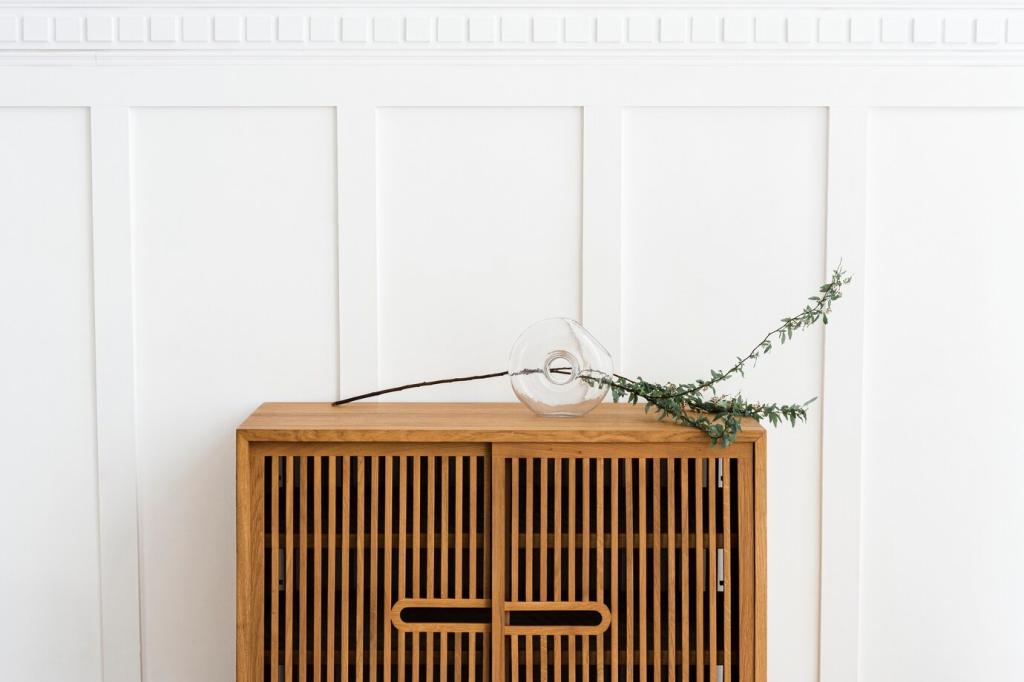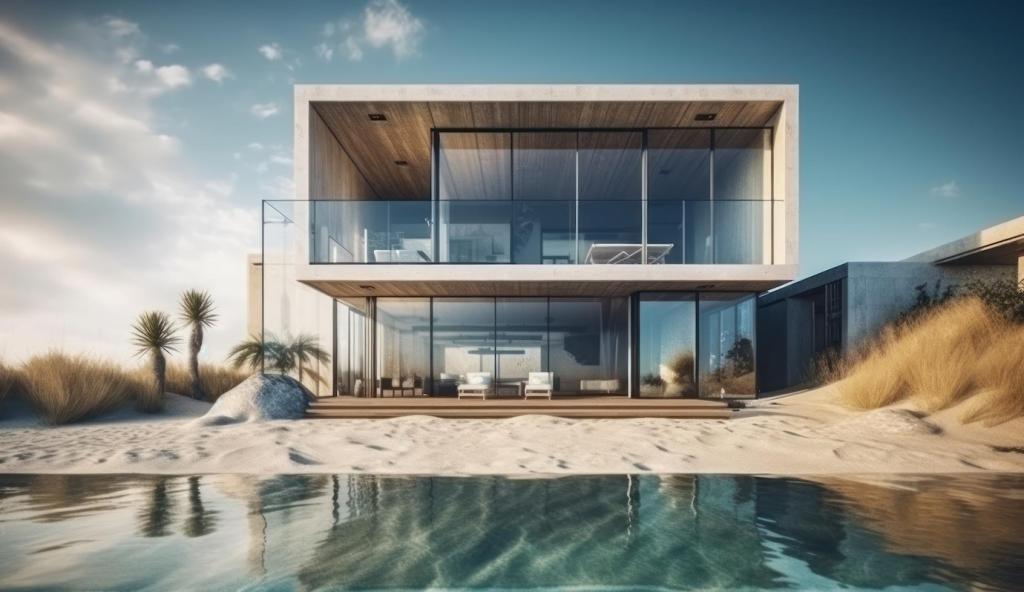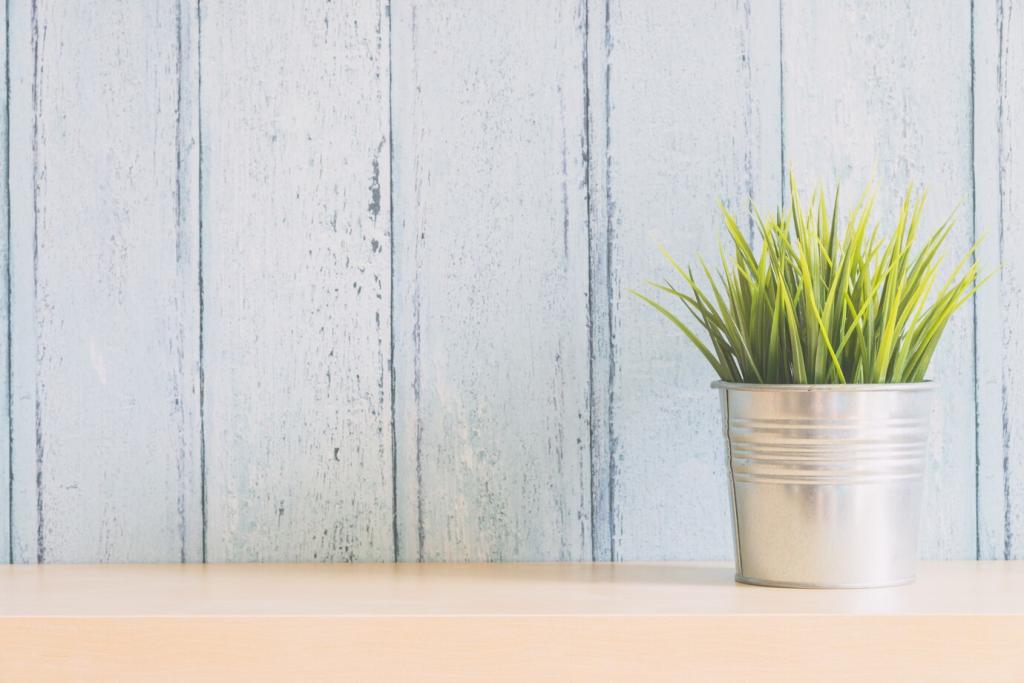Minimalist Furniture Arrangements
Minimalist furniture arrangements are a harmonious blend of simplicity, functionality, and aesthetics. These thoughtfully curated layouts prioritize open spaces, purposeful design, and uncluttered environments, creating interiors that embrace tranquility and calm. By focusing on clean lines, neutral palettes, and intentional furnishing, minimalist arrangements foster a sense of order and serenity. This guide unfolds the principles and techniques of minimalist furniture arrangements, exploring how pared-back choices can transform living spaces into stylish, welcoming retreats.
Previous slide
Next slide


Principles of Minimalist Arrangement
Placing furniture with intention is essential in minimalist arrangements. Each chair, table, or lamp should not only fulfill a function but also fit effortlessly into the overall composition. The space between pieces becomes as important as the pieces themselves, allowing for fluid movement and breathing room. By focusing on the function and relationship of each element to the others, the arrangement feels cohesive, purposeful, and never random or cramped. The end result is an inviting flow that feels harmonious rather than haphazard.

Selecting Essential Pieces
Minimalism in the living room starts with deciding which furniture is truly necessary for comfort and utility. Rather than filling the room with multiple sofas or chairs, the minimalist mantra is to select just enough seating and surfaces to serve everyday needs. A streamlined sofa, a simple coffee table, and perhaps a single accent chair set the foundation. This restraint allows each piece to be appreciated for its purpose and presence. By avoiding overfurnishing, the space remains airy, accessible, and conducive to conversation or relaxation.
Arranging for Conversation
A well-arranged minimalist living room encourages interaction while preserving openness. Furniture is typically organized to facilitate eye contact and easy communication, often through a central gathering spot like a low-profile coffee table. The arrangement leaves generous walkways and clear sightlines, ensuring the room feels neither empty nor crowded. Flexibility is key, with pieces easily moved or adapted to accommodate guests. The result is a living room that’s equally suited for solitude or social occasions, all within a framework of elegant simplicity.
Showcasing Negative Space
Far from being wasted, unused space in a minimalist living room is an intentional design choice. Negative space around seating areas, under tables, or near windows gives the arrangement a sense of lightness and tranquility. This deliberate embrace of emptiness elevates the overall atmosphere, making the room feel calmer and more expansive than it otherwise might. It also allows natural elements, such as sunlight or a solitary plant, to become anchoring features that enhance the minimalist aesthetic.

Simplifying Bed Placement
The bed is the focal point of any minimalist bedroom, and its placement is critical. Centering the bed on a wall or in line with a window creates a sense of symmetry and calmness. Surrounding the bed with plenty of open space prevents the room from feeling cramped, while keeping bedside tables uncluttered maintains the minimalist ethos. Headboards, if used, tend to be simple and low-profile, reinforcing the room’s tranquil atmosphere. This considered arrangement supports restful sleep, with the bed unchallenged as the star of the room.

Minimal Nightstands and Storage
Nightstands and storage in minimalist bedrooms are chosen for their simplicity and efficiency. Rather than bulky dressers or overloaded night tables, streamlined pieces maintain the sense of order. Drawers and storage bins are subtly integrated, ensuring personal items are kept out of view without relying on excessive furniture. This approach helps the room remain serene, making it easier to wind down at the end of the day. A clutter-free bedside encourages mindfulness and a greater appreciation for the peaceful environment.
Previous
Next
Dining with Minimalist Elegance
In minimalist arrangements, the dining table often takes center stage. Its shape and size are chosen to fit the room without overpowering it, and it is positioned to maximize surrounding space. Chairs are placed thoughtfully around the table, ensuring comfort and freedom of movement. This focus on the table’s centrality not only highlights its role in daily life but also allows the room to feel spacious and open. The overall effect is a dining area where the act of gathering is both practical and aesthetically pleasing.
Previous slide
Next slide
Prioritizing Essential Furniture
In compact spaces, every piece of furniture must earn its place. Minimalist arrangements pare down to essentials: a bed, a table, a chair, and necessary storage. The absence of extras means that the room feels open and usable, not crowded. The focus on necessities encourages clarity and appreciation of space, as each item contributes directly to daily living without overwhelming the environment. This approach not only makes small spaces practical but also fosters a refreshing sense of freedom.
Enhancing Visual Space
Minimalist strategies in small rooms often include the use of light colors, mirrors, and open-legged furniture to increase the perception of space. Placement of furniture against walls, leaving central areas open, further promotes a feeling of expansiveness. The careful avoidance of visual clutter—such as excessive decor or bulky pieces—ensures that the room remains light and breathable. By enhancing visual space, these arrangements allow small interiors to punch above their weight in both comfort and style.
Vertical Solutions for Storage
Maximizing storage without crowding is a challenge in small quarters, met by minimalist use of vertical space. Slim tall shelves, wall-mounted cabinets, and hooks provide ample storage while freeing up valuable floor area. This approach maintains the minimalist ideal of order and simplicity, ensuring that belongings have a home without intruding on the open, calming atmosphere. Thoughtfully designed vertical storage complements the overall arrangement, blending seamlessly with the room’s clean lines and restrained palette.
Maintaining Minimalist Harmony
Regular Decluttering Practices
The minimalist lifestyle involves routinely evaluating belongings and removing what no longer serves a purpose or brings joy. This proactive approach prevents accumulation and keeps living spaces feeling open and orderly. Regular decluttering not only supports the aesthetic goals of minimalism but also fosters mental clarity and a sense of control. It becomes a habit that underpins the long-term success of any minimalist arrangement, allowing the space to evolve organically without lapsing into chaos.
Seasonal Adjustments
Needs and aesthetics change with the seasons, and minimalist arrangements adapt through subtle modifications rather than a complete overhaul. Swapping out a lightweight blanket for a heavier one, adding a seasonal plant, or adjusting lighting all provide refreshed energy without upsetting the room’s balance. These timely tweaks keep the space relevant and comfortable throughout the year, demonstrating minimalism’s flexibility and enduring appeal. Seasonal adjustments thus become a gentle way to renew the space without sacrificing its foundational simplicity.
Mindful New Acquisitions
Minimalist harmony is preserved by carefully considering any new addition to the home. Each potential piece of furniture must be assessed for both necessity and fit with the existing arrangement. This mindful decision-making ensures that the space remains cohesive and uncluttered, resistant to trend-driven consumption. By prioritizing quality over quantity and functionality over impulse, minimalist spaces stand the test of time. In this way, every new acquisition is a measured enhancement that supports the broader vision of harmonious, deliberate living.
